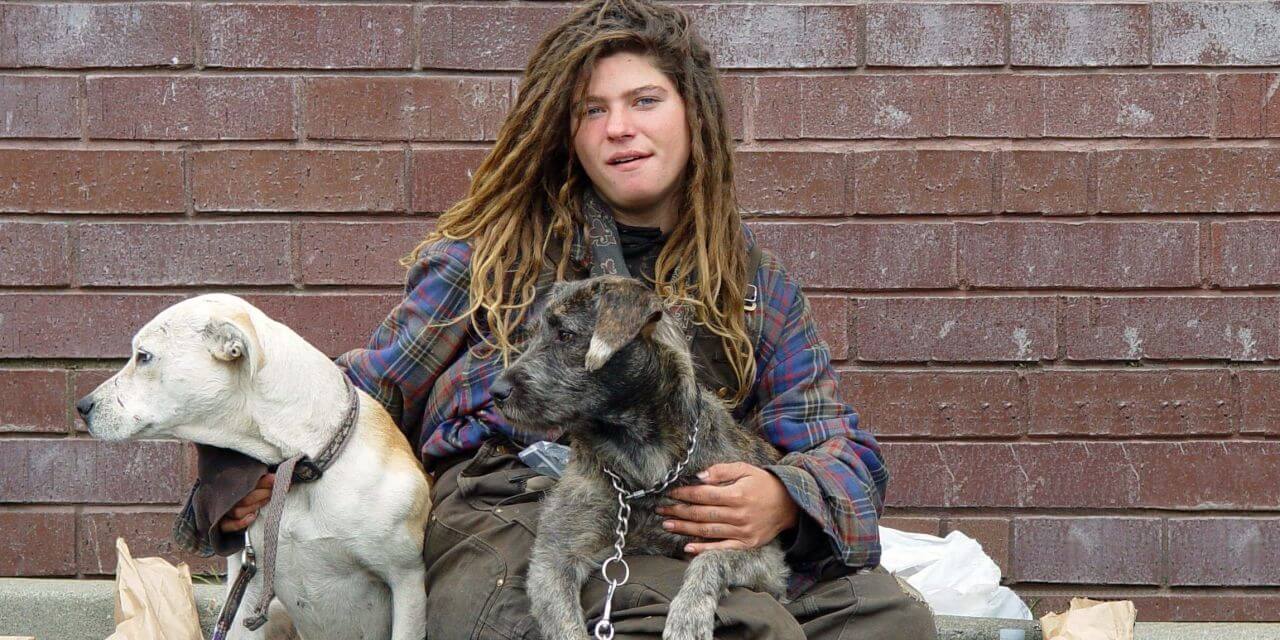In a disturbing study published last week, researchers found that one-fifth of homeless youth in the United States and Canada are victims of human trafficking. Initiated by Covenant House International, the Field Center for Children’s Policy, Practice & Research at the University of Pennsylvania and the Modern Slavery Research Project at Loyola University in New Orleans, Louisiana, this is the most comprehensive investigation to date on the occurrence of human trafficking among homeless youth.
Between February 2014 and March 2017, 911 homeless youth aged 17-25 were interviewed across 13 major cities in Alaska, Georgia, Michigan, Florida, California, Louisiana, Missouri, Ontario, British Columbia, Pennsylvania, Arizona, and Washington, D.C. Combined research found 19.4 percent to be victims of human trafficking, 15 percent victims of sex trafficking, 7.4 percent victims of labor trafficking, and 3 percent victims of both sex and labor trafficking.
The U.S. Government defines severe forms of human trafficking as:
- The recruitment, harboring, transportation, provision, or obtaining of a person for labor or services, through the use of force, fraud, or coercion for the purpose of subjection to involuntary servitude, peonage, debt bondage, or slavery; or
- Sex trafficking in which a commercial sex act is induced by force, fraud, or coercion, or in which the person induced to perform such act has not attained 18 years of age.
Disproportionately affected were young women; lesbian, gay, bisexual, transgender, and questioning (LGBTQ) youth; and youth exiting the foster system. An astonishing 21.4 percent of young women and 26.9 percent of LGBTQ youth surveyed reported incidences of sex trafficking. Loyola found that the median age for those trafficked for sex was 16, and 18 for those involved in the sex trade. Youth leaving foster care are between the ages of 16-19 and often end up homeless, more vulnerable to trafficking.
In the Loyola Study, which covered roughly two-thirds of those questioned, an obscene 91 percent reported being offered income or income opportunities which resulted in sex trafficking or money scams. Further, 68 percent reported being involved in sex trafficking or “survival sex,” while homeless, with 19 percent reporting this was a means for the very basic needs of food or shelter. Forced drug dealing constituted 81 percent of labor trafficking.
The Field Center results uncovered that among those reporting sex trafficking, 95 percent also reported a history of mistreatment as children, 49 percent had a history of sexual abuse, and 67 percent had not graduated high school. The overwhelming response from those questioned was that supportive parents or family would have helped to prevent them from being trafficked for sex.
“The goal is to identify the factors that can predict who is most at risk for sex trafficking. This work can shape national policy and create effective interventions, thereby stemming the pipeline to predators and ultimately reducing the number of victims,” said executive director Debra Schilling Wolfe of the Field Center.
In the U.S. alone, 1.3 to 1.7 million youth per year experience a period of homelessness. Almost 40% of the homeless are under age 18. As the multi-billion dollar industry of human trafficking continues to skyrocket, it is certain that homeless youth are increasingly at risk. Solving the homeless problem would be the clearest way to prevent this. It would also be the most cost effective. Appallingly, federal funding for housing developments and homeless shelters is on the chopping block.
As one solution, the Loyola study suggests extending foster care until youth are at least 21. However, those leaving foster care lack the education and support to live independently, and 50 percent end up homeless within six months of leaving. As the Field Center study indicates, education and a support safety system are crucial to avoiding homelessness. Simply extending the age won’t be enough.
Food, shelter, and a support system are fundamental elements of survival. The repercussions of homelessness on youth are far-reaching. The Runaway Homeless and Youth Trafficking Prevention Act (RHYTPA), providing funding for homeless youth, is of vital importance. It failed to achieve the 60 Senate votes needed to pass in 2015. Organizations, such as Covenant House, providing not only housing but also educational support, outreach, drug treatment, legal and mental health services, and job training, are admirable in the scope of their assistance. But charity isn’t a solution to an epidemic. Federal and State programs need to mirror the all-encompassing approach of charities in dealing with homeless youth. Urging Congress to fully fund and pass RHYTPA is of utmost urgency.
“We found that youth were seeking what we all seek – shelter, work, security – and that trafficker[s] preyed on those very needs. When we asked youth what they needed to avoid or escape these situations of forced labor and radical exploitation, they often pointed to the very resources that homeless shelters can and do provide them. What we need is more resources to support those programs and additional training that help service providers identify and assist those who are most at risk,” said Dr. Laura T. Murphy of the Modern Slavery Research Project.








